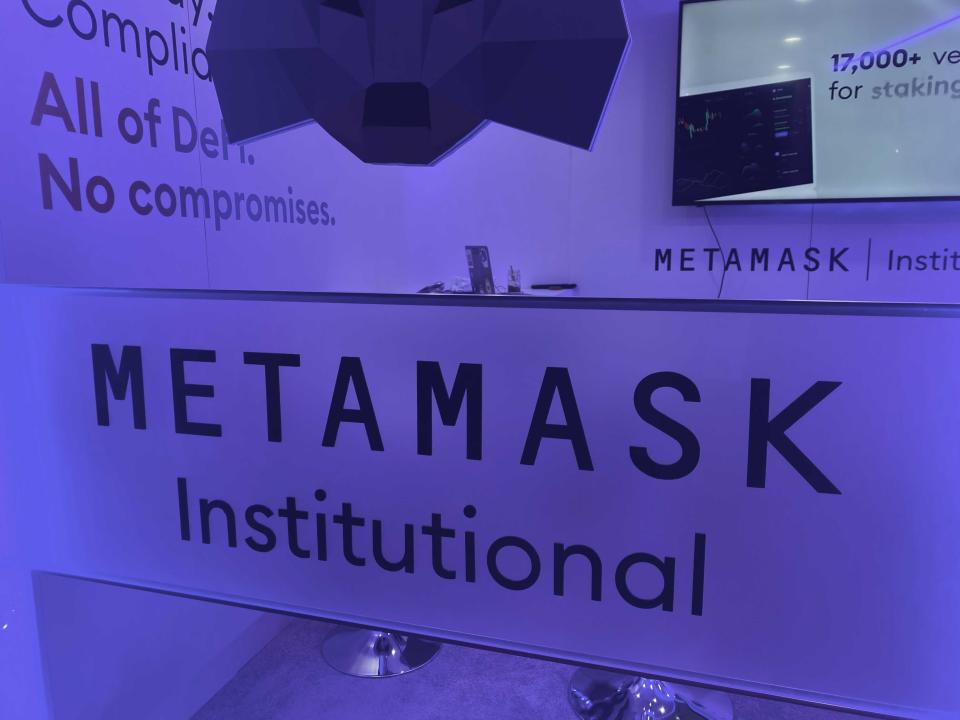ConsenSys’ MetaMask Institutional Starts Staking Marketplace With Allnodes, Blockdaemon, Kiln

Join the most important conversation in crypto and web3! Secure your seat today
ConsenSys, a software developer for the Ethereum blockchain, said Wednesday its MetaMask Institutional wallet has started a marketplace where companies and investment firms can choose among different staking services.
The new marketplace will feature the company's own technology, ConsenSys Staking, alongside offerings from Allnodes, Blockdaemon and Kiln, according to a press release.
A hallmark of the new marketplace is standardization of terms and conditions, according to ConsenSys. Fee rates will be easy to view and compare, Johann Bornman, product lead for MetaMask Institutional, told CoinDesk.
“We’ve been very thoughtful in terms of the user experience,” Bornman said in an interview.
The unveiling of the new marketplace comes just weeks before Ethereum’s much-anticipated Shanghai hard fork, an upgrade that’s alternatively referred to by project officials as “Shapella.” The milestone will mark the first time that Ethereum users can withdraw ether from the proof-of-stake network, spurring growth in staking services as well as an emerging breed of staking derivatives – because investors should have more confidence in how and when they would be able to redeem or “unstake” their ether.
Read More: What Is the Ethereum Blockchain’s Shanghai Hard Fork, and Why Does It Matter?
The Ethereum blockchain, started in 2015 , transitioned last year into a proof-of-stake network as its main mechanism for assuring data security – abandoning its original proof-of-work system that was seen as more energy intensive.
Staking as a service has drawn extra scrutiny this year, after crypto exchange Kraken in February agreed to pay a $30 million fine to the Securities and Exchange Commission and shutter its staking service in the U.S. to settle charges the service amounted to an offering of unregistered securities.
A nagging concern is that the rewards paid to Ethereum stakers might be deemed by regulators as being akin to interest paid on investment securities.
ConsenSys executives argued in a March 10 blog post that staking rewards “aren’t a mythical construct dependent on the acts of a specialized manager who enjoys discretion over how the funds are invested to generate a reward,” but merely a way to “incentivize volunteers to secure the network.”
The preferred characterization of staking is as “data validation not investment,” according to the blog post.
Consensys’ new staking marketplace will “hopefully start laying a foundation where you’ll see more and more institutions offer data validation into the network,” Bornman said.
CORRECTION (March 22, 2023 15:10 UTC): Ethereum was not started as a fork of the Bitcoin blockchain.

 Yahoo Finance
Yahoo Finance 